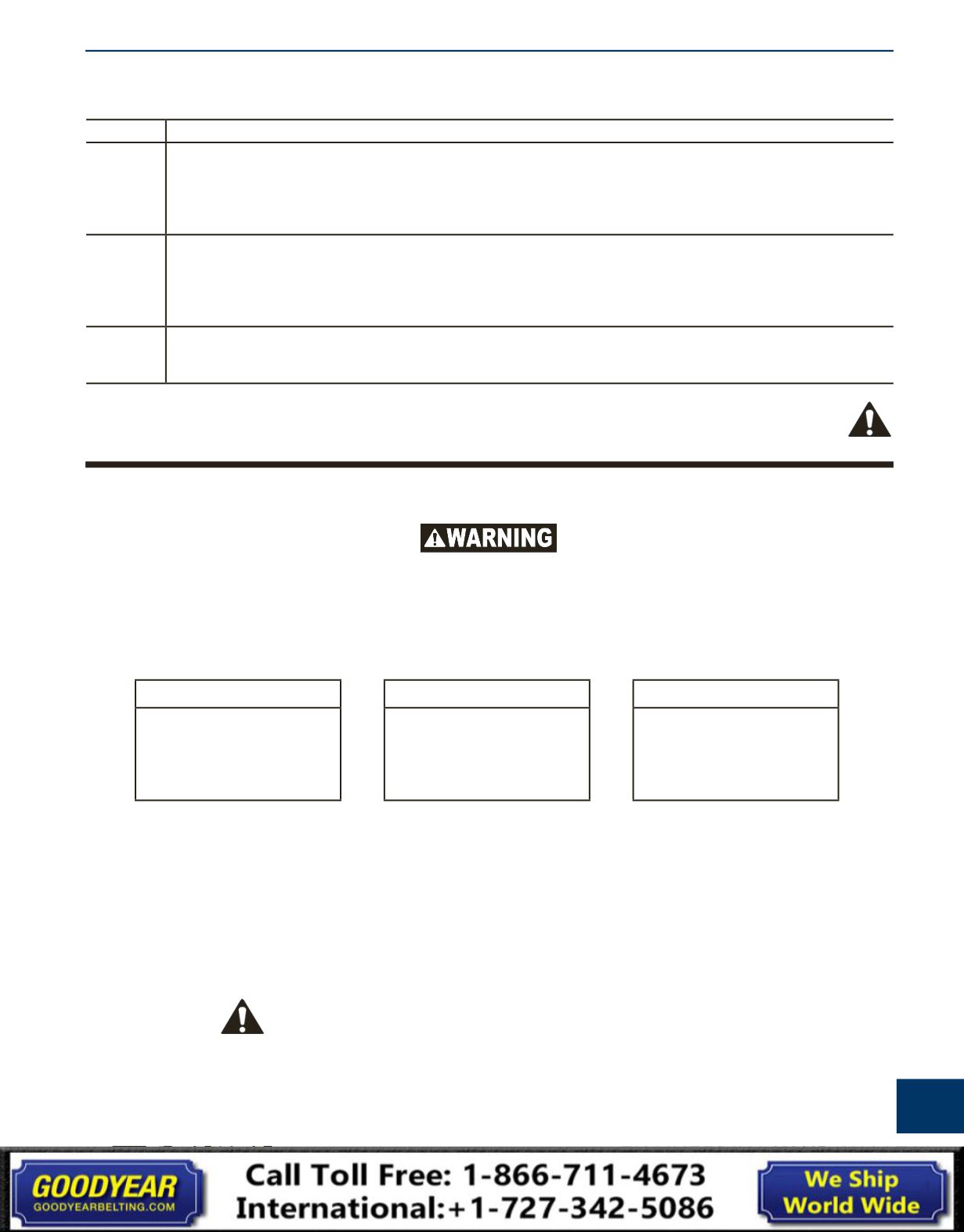

Safety &
Technical
P
921
DPL418
877.963.4966 •
dixonvalve.comP
This information is intended to help make general comparisons between different available materials.
Selecting Materials
Material
Features and Benefits
Stainless
Steel
A corrosion-resistant material that provides high strength at high temperatures, helps prevent contamination of
product being transported, maintains cleanliness, and retains a lustrous appearance. Harder then brass.
Type 304
is a low-carbon chromium-nickel stainless steel.
Type 316
is similar to type 304, but has a high nickel content as
well as a molybdenum for stronger resistance to heat and corrosion. Often used for water, oil, gas, and steam in
low- to high-pressure applications.
Brass
Has good corrosion resistance and is less expensive than stainless steel. Is softer and easier to thread than
stainless steel and forms tight seals. It can be used interchangeably with copper where heavier walls are required.
Found in plumbing and heating application. Also good with oil, natural gas, and air. Resists corrosion from salt
water as well as fresh water polluted with waste from mineral acids and peaty soils. Use in low- to high-pressures
applications.
Steel
Used in noncorrosive environments. This carbon- and iron-based metal is hard and strong. It is an economical
alternative to stainless steel and brass in high-pressure applications. For use with water, oil, gas, and steam in low-
to high-pressure applications where corrosion is not a problem.
Product application is based not only on material selection but on design of product for intended use. Please contact
Dixon
®
for selection of the proper fitting for your application.
Corrosion Resistance of Coupling Material
Ratings
Metal
1 = Excellent
2 = Good
3 = Fair
X = Not Recommended
- = Contact Dixon
®
Non-Metal
A = Acceptable
X = Not Recommended
- = Contact Dixon
®
Gasket/Seal Material
T = PTFE
V = FKM
E = EPDM, EPR
N = Neoprene
B = Buna N
1. Ratings given are based at
70°F (21°C)
. Chemical compatibility varies greatly with temperature. For applications at
temperatures other than
70°F (21°C)
, contact Dixon
®
for recommendations at 800.355.1991.
2. Gasket / seal materials are not necessarily listed in order of preference.
3. Chemical resistance of a material does not necessarily indicate the suitability of a fitting in a given application due to
variables such as improper clamp and coupling application, special hose construction, gasket material, etc.
The data on the following pages has been compiled from generally available sources and should not be relied upon without
consulting and following the specific recommendations of the manufacturer regarding particular coupling materials.
Special caution should be taken when handling hazardous materials.
Material Selection


















